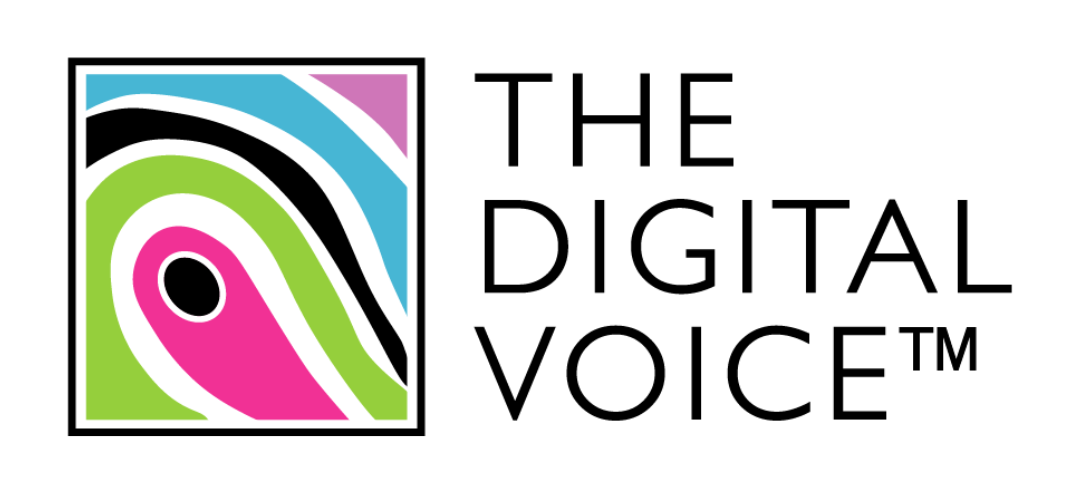MarTech Edge Interview with Gareth Holmes, VP of Commercial Strategy & Media at SeenThis

Q. With over two and a half decades in media and technology, how has your approach to leadership shaped his teams at SeenThis?
A. My approach to leadership is what I call leadership-through-servitude; I see my job as working to not tell anyone to do anything, my job is to outline where we need to get to and then ask my team’s leaders how they believe we should get there and if they require assistance to achieve it. I am staunchly against micro-management, and believe this is only necessary when the recruiting manager has not done their job to its fullest.
My aim is always to hire people who are smarter than me, and far more fitted to the roles we are hiring for than I am. My role is to ensure we all remain aware of the bigger picture while teams deal with their own reality on the ground, or the local-picture, and when they need assistance they have the confidence to ask me. My role is never at the top of a pyramid; I see myself as an equal to all, regardless of position, and am therefore simply another asset my teams are able to deploy to assist in getting things done.
I do not have all of the answers but I do often have a different perspective on how to approach challenges - we all see things differently and our views are typically shaped by our own history, and my history is a little different to most people’s therefore the perspective I bring, and the style I deliver it, provides a refreshing perspective for many.
My teams are typically very self-sufficient and self-managing. They are also aware I am very data-oriented and will have my own measures on where each team is, and where it may need guidance when we stray too far from the company’s course & bearing.
Q. What are the specific advantages that SeenThis’ adaptive streaming technology will bring to the advertising market?
A. The advantages are varied across the multiple parties involved.
- The Consumer
- Less data is used to deliver streamed creative assets; firstly the whole ad file is not downloaded to the consumers divide; once the creative is in-view we begin streaming 2-4 seconds of video at a time, if the consumer watches half the video only around half of the total creative file is transferred to the consumer’s device. If the consumer scrolls straight past the ad then little data is transferred.
- The Website
- Publishers websites have to load a substantial amount of data when loading a page, this is exacerbated by the advertising they carry - streamed ads from SeenThis only transfer data when the creative is in-view therefore our ads do not disproportionately impact page-load times. Oftentimes a streamed video creative can be less impactful on page load than a static creative due to file sizes; SeenThis uses adaptive bitrate and as such we deliver smaller data packets sequentially so many small data packets rather than one large data packet, this lessens the overall data that needs to laid for a publisher page to be rendered fully for a consumer.
- The Brand
- Brands are able to deliver high quality video creatives into Display as never before; without compressing and lowering the quality of the creatives brands are able to match the fidelity of the ads with the origins; creative or TVC to ensure brand guidelines are never compromised to make a creative small enough to to be delivered in-App or open-web; generally every media performance KPI increases with streaming due to the speed with which streaming is able to deliver a creative to a consumer - as is widely known & reported, blank ad slots do not drive consumer engagement - streaming guarantees every video ad will start playing as soon as it is in-view. Brands also enjoy the data-saving generated by streaming versus download-tech video activations, and often reference the data they have saved in their own Case Studies, proving their own commitment to lowering the CO2e footprint for video & Outcome-based buying activations.
- The Agency
- Agencies are able to activate streamed video creatives via their programmatic teams, or directly with publishers. Our technology is tag-based so it does not impact buying methodologies leveraged by all agencies. Agencies are also able to deploy their extensive technology & experience in audience targeting with streamed videos, rather than outsource them to a video ad network where they can not control where, when, and to whom ads are shown; returning the sovereignty of video activations back to agencies is seen by many as a great use case on its own for working with SeenThis.
- The Environment
- Our technology is used by many of our clients as their own initiative to lower their overall emissions position; SeenThis measures data transfer at a very granular level, we provide dashboards for estimated savings for our clients and encourage them to use our data (exported and ingested by their measurement platforms) to enable them to define their own CO2e emissions to their own standards & measurement guidelines.
Our overarching company mission is to make the internet faster, with a smarter footprint and from our inception through to today, this is something we constantly strive towards.
Q. Can you elaborate on how SeenThis’ technology contributes to more sustainable advertising solutions?
A. Three substantial ways:
In View Only Play: SeenThis only transfers data when an ad is in-view. In itself this leads to substantial lessening of data transferred as we do not stream to out of view ad slots, and do not download the entire creative pre-consumer engagement.
Creative Optimisation: We implemented technology called segment-by-segment optimisation leveraging compression algorithms, modern codecs, and differing bitrates to adapt to user/device conditions; this technology, put very simply, means only aspects or elements of the ad creative video which change are streamed - if one part of a video is unchanging, say the sky or the background of a car ad, then we do not re-stream those elements to minimise the overall amount of data we are using to deliver the same high quality creative.
Load Time: the largest amount of data is wasted in ads which are downloaded but never viewed; in providing instantly starting creatives we mitigate this wastage as SeenThis streamed ads will always start, if in-view of a consumer.
Q. The Lumen study showed that SeenThis drives 70% higher attentive seconds and reduces data waste by 40%. Can you explain what this means in terms of real-world campaign performance?
A. 70% higher attentive seconds
A campaign to deliver 10,000,000 impressions of a 15 second video ad using downloaded video technology, eg Outstream ads, may see an average of 8 seconds attentive seconds per ad shown
The identical creative, streamed by SeenThis, would see, on average, 70% more attentive seconds raising the average attentive seconds for this campaign from 8 seconds to 13.5 seconds
Over the course of the entire 10,000,000 impressions SeenThis would deliver a total of 56,000,000 additional attentive seconds, for the same amount of delivered impressions
Using Downloaded Video Technology (e.g., VAST):
Total attentive seconds = 80,000,000 seconds
Using SeenThis Technology with a 70% Increase in Attentive Seconds:
Total attentive seconds = 136,000,000 seconds
A. 40% data reduction
A campaign using download technology (eg. VAST) to deliver 10,000,000 impressions of a 15 second video may require a 4mb file to download to a consumer’s device to play; the total data downloaded if all 10mn ads were delivered would be in the order of 50,000,000mb’s
SeenThis delivering the same campaign would, on average, save a total of 20,000,000mb’s of data being transferred, or 40% of the total data transferred
Using Downloaded Video Technology (e.g., VAST):
Total data download potential = 50,000,000 mb’s
Using SeenThis Technology with a 40% data reduction:
Total data download potential = 30,000,000 mb’s
Q. How does SeenThis plan to educate on the benefits of transitioning from static image-based ads to immersive video campaigns?
A. This is a great question, and one we started answering around 7 years ago.
We live by the matra show, don’t say - given it is incredibly hard for anyone to visualise a video ad starting quicker than video ads they have seen before, we showed, with our mobile phones, the difference in real terms, what an instant loading ad actually looks like when viewed alongside a downloading ad.
Streaming is a comparative sell, and streaming is a technological evolution in advertising as opposed to a revolution; most everyone uses streaming today for their gaming, movies, or general entertainment so most people are personally very aware of the benefits streaming does bring - we assist in joining the connected synapses people have for gaming & entertainment to advertising as many of the benefits are mirrored across both.
We use our monthly newsletter to highlight the Case Studies client’s release and stay away from too much from partial commentary as it can come across as hyperbole-with-purpose - the only real way for people to become interested is through relevance and we spend a lot of time making sure people are aware of the real impact of streaming ads. We also drive a lot of traffic to our own website where we “show, not say” about streaming.
And, of course, we have our commercial teams - without a doubt our most effective & valuable asset for educating markets on the benefits of streaming.
Beyond this I personally share a lot of the data & science behind why humans are predisposed to engaging instantly starting video ads from an evolutionary perspective.
The benefits of streaming really are based in science, and as humans if something moves we “have to” look at it - and in being able to guarantee every video we deliver will start instantly it really just becomes an exercise in mathematics as described early with the 70% increase in attentive seconds, and 40% less data transferred as two of the myriad of advantages of having Seenthis stream your ads.
Also published in: Martech Edge



